It's funny
what you can turn up when doing an internet search. I
had worked my way through several
Pioneer sound system
upgrades, driven in part by my incremental discovery of
various components that were available for my head unit.
I began another cycle of activity driven by the receipt of
the
CD-UB100 USB Adapter as a gift from my wife. My
searches were intended to locate a hard drive device that
was compatible with the adapter so that I could put up to
250GB of music storage onboard the Crossfire. At the
point of this departure, I had managed to find a 64GB USB
Flash Drive that would provide a decent amount of storage,
but had not found a drive that would give more, with the
possible exception of an IO Gear 80GB drive that I am still
researching for availability and compatibility.
During those
searches I probed the
Pioneer site deeper in the hope of
turning something up. I ventured off into the A/V
section of the site and there found something unexpected:
the "Real-time Vehicle Dynamics Processor"... Wow!
Here is a little box that provides vehicle dynamics data
that can be displayed on an LCD screen - either one of
several compatible Pioneer head units or LCD touch-screens.
I immediately recalled the Crossfire prototype and the
vehicle dynamics features that it offered but did not
deliver in the production car....
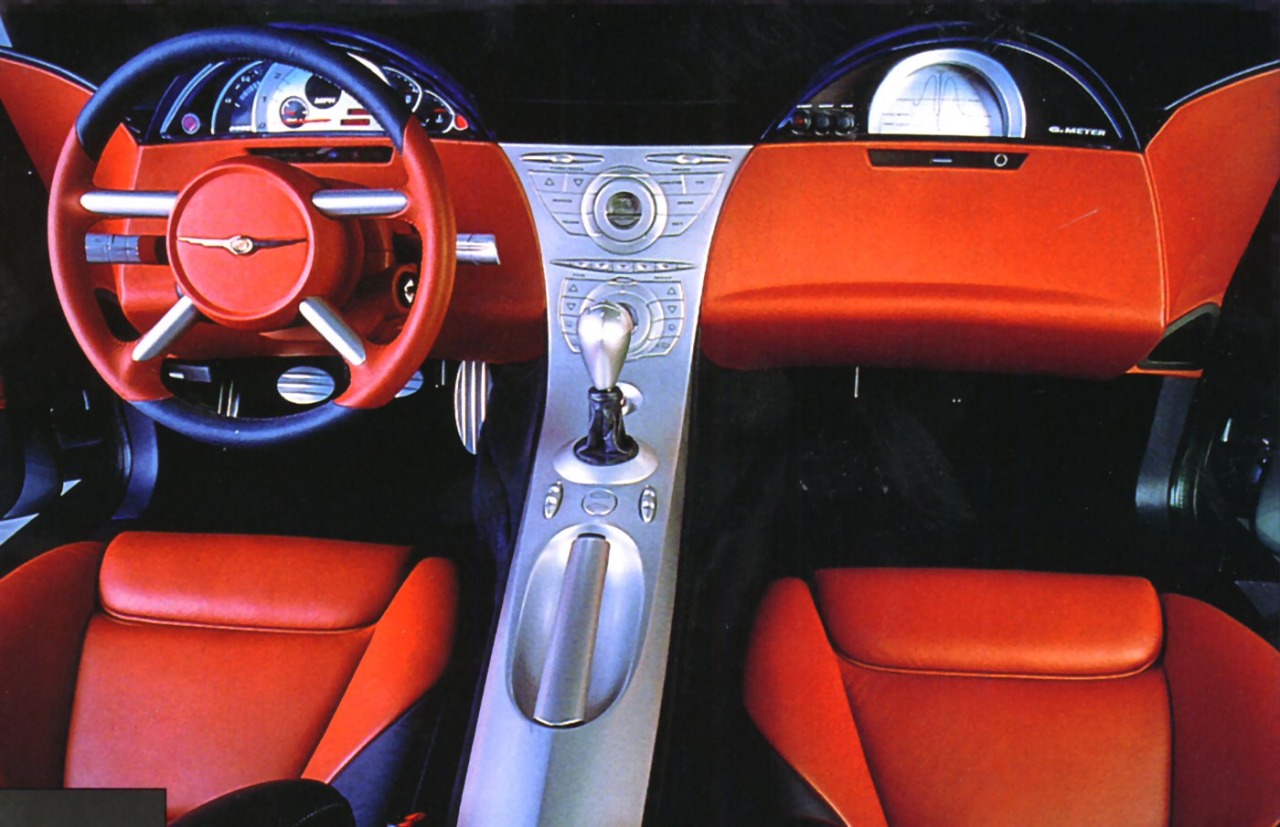
Chrysler
Crossfire Prototype Interior with Vehicle Dynamics Display
(passenger side above glove box)
This is what a
brochure about the prototype said at the time:
"The Crossfire
houses an on-board vehicle data acquisition
center. This Electronic Vehicle Information
Center (EVIC)
captures vehicle performance information and
displays it
on a passenger-side liquid crystal display.
“We like to refer
to this as the ‘G-Meter,’” said Abbott.
Appealing to the true enthusiast, the EVIC
measures such
factors as acceleration, lap time and
g-forces, allowing the
driver to assess, and thereby enhance, the
vehicle’s
optimal performance."
How very
interesting... This would be nice to have! And here I sit
on the Pioneer web site looking at a device that offers this
very functionality... I did some research and ended up
with a list of the components necessary to implement this
solution.
Next, Let's
take a look at the
components...
Because of the
numerous considerations this write-up covers, I have broken
it into five major sections:
Components
Recaptured
on the component page (click here) (because sooner or later it will disappear from the
Pioneer web site) is the info I found.
Wiring
I made a wiring plan so that the
installation would be easy to troubleshoot and to reserve
later should I decide to remove the units (when the car is
later sold?) or make further modifications.
Installation
With the wiring plan
complete, I acquired all the necessary supplies, fabricated
all the wiring elements, and installed the components in the
car.
Evaluation
Once the installation was
complete, I drove the car for a couple days to allow the
unit to calibrate itself. Then I made some assessments
of the usefulness and performance of the devices.
Overview |
Components |
Wiring | Installation |
Evaluation
Components Available on the Web
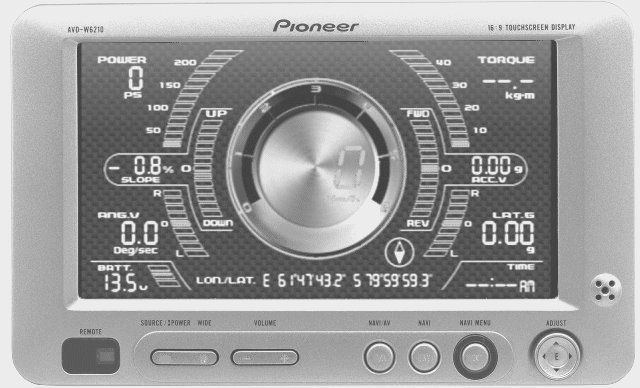
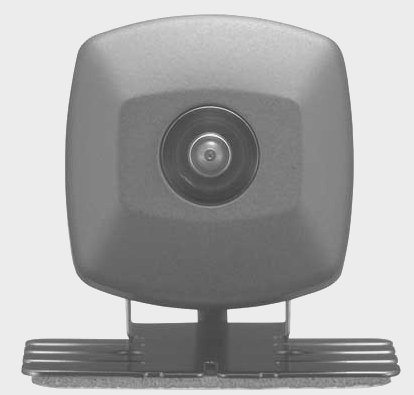
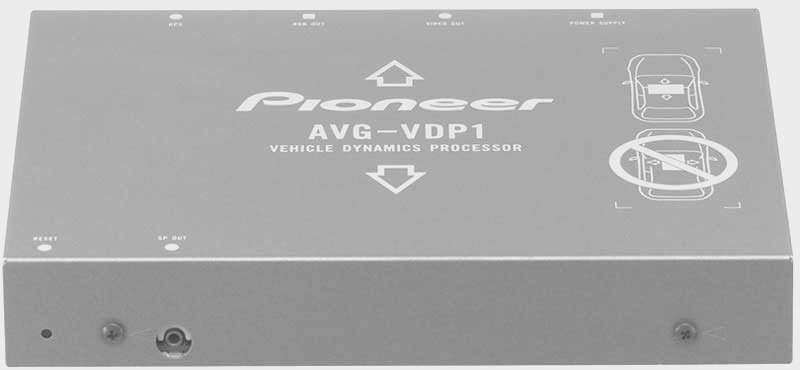
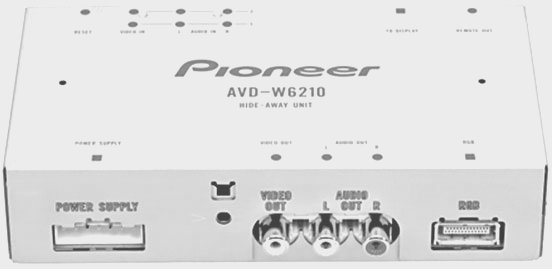
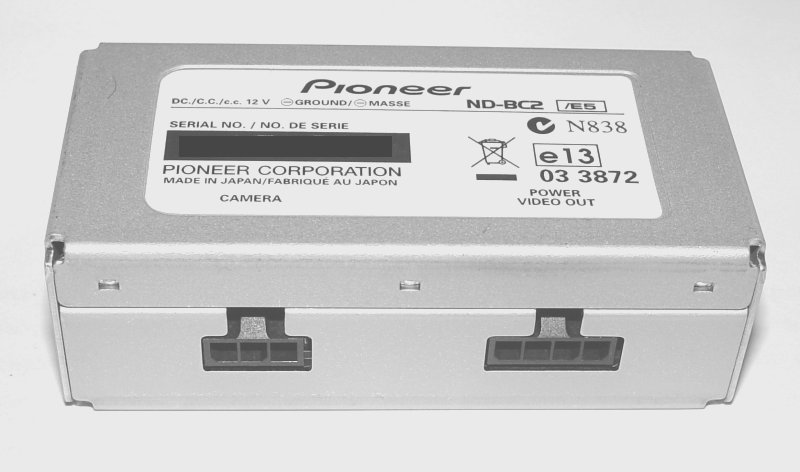
Visitors since
12/31/08